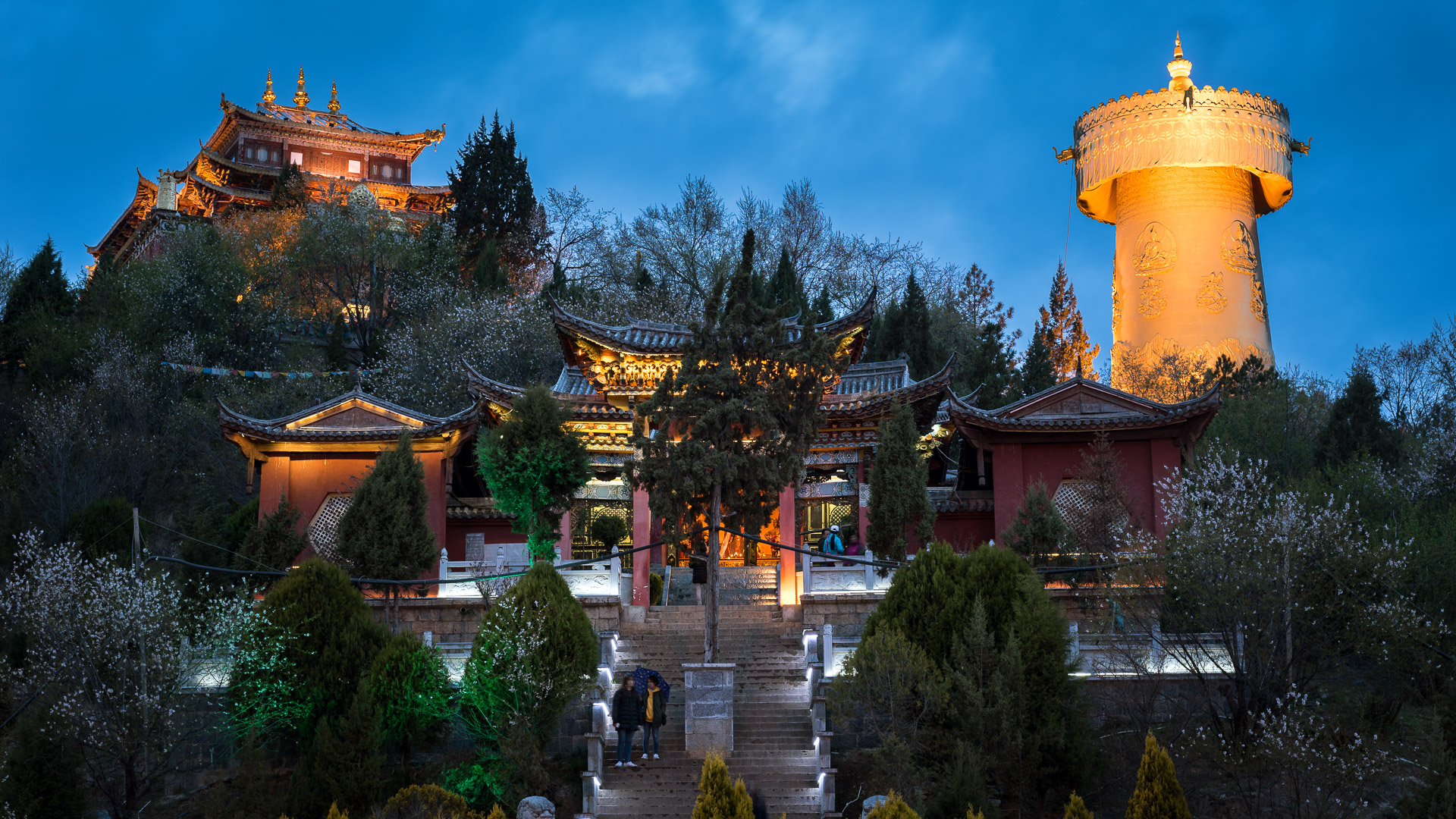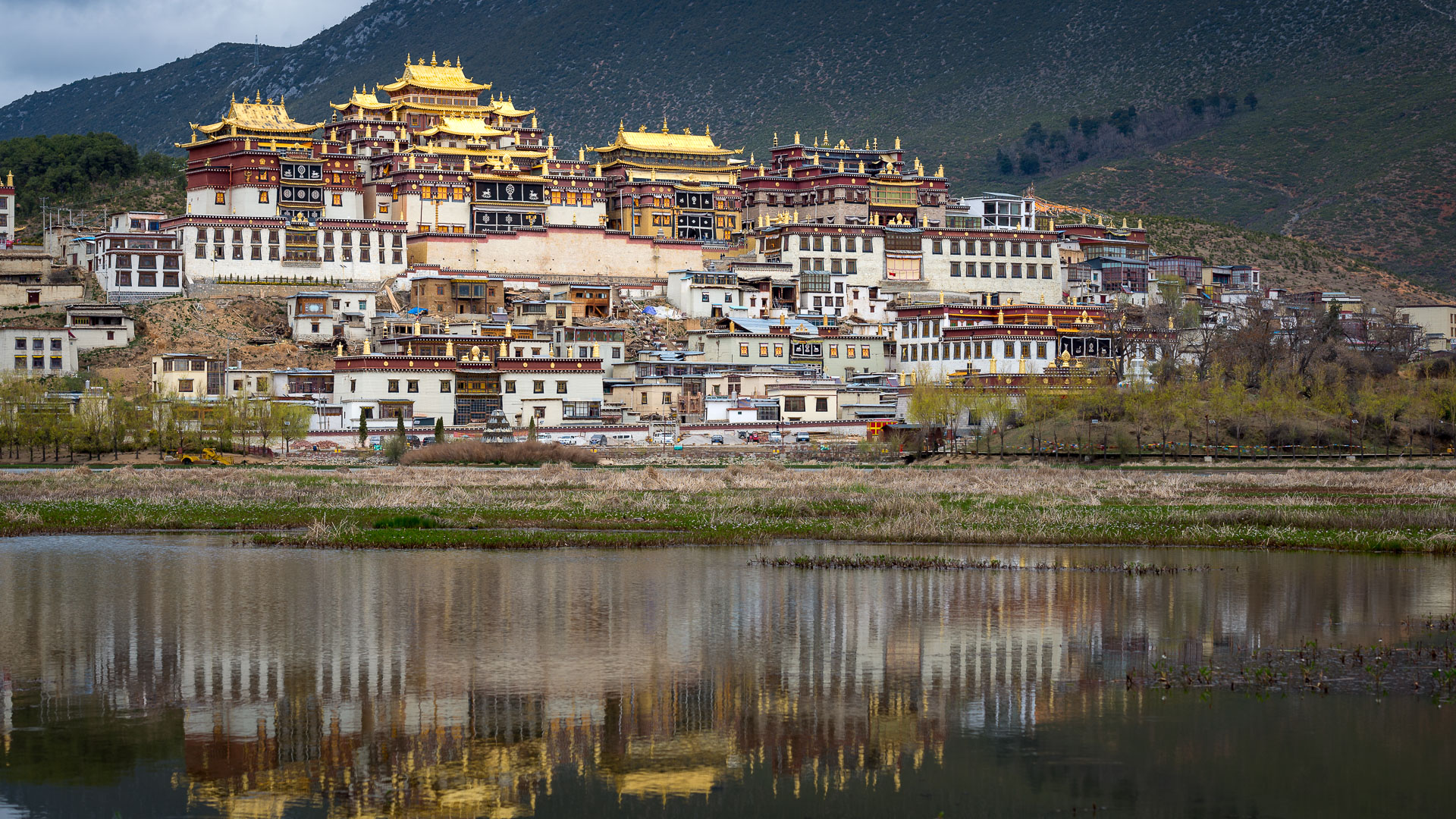
Earthly paradise. A place of indescribable beauty. A cloistered community cut off from the outside world. A mountainous utopia where men and women live in harmony, untouched by the ravages of time and history. These are descriptions of Shangri-La, as envisioned by British author James Hilton.
Hilton coined the name Shangri-La in his novel, Lost Horizon, first published in 1933. His descriptions are what most people still visualize when they try to imagine the mythical place. Hilton had never been to Tibet or the Kunlun Mountains, but some say Joseph Rock’s writings for National Geographic Magazine inspired him to set his novel in the region.
The longing to visit Shangri-La was so powerful that people began to wonder if the mythical paradise could be real. Over the years, a mountain haven in East Asia became identified with the community described in Hilton’s novel. Myth morphed into an actual destination.
Although Hilton’s novel led to the search for Shangri-La, he wasn’t the first to imagine an earthly paradise. For centuries, the myth of a lost paradise on earth has had a historic hold on the human imagination. Celtic, Sumerian, and Tibetan Buddhist teaching speaks of such a place, as do tales told in Mughul emperor Akbar’s court.
In Genesis, the Bible gives us a vision of an earthly paradise: a garden called Eden. Since the Fall, mankind has longed for paradise lost because of the sin that separated us from our Creator.
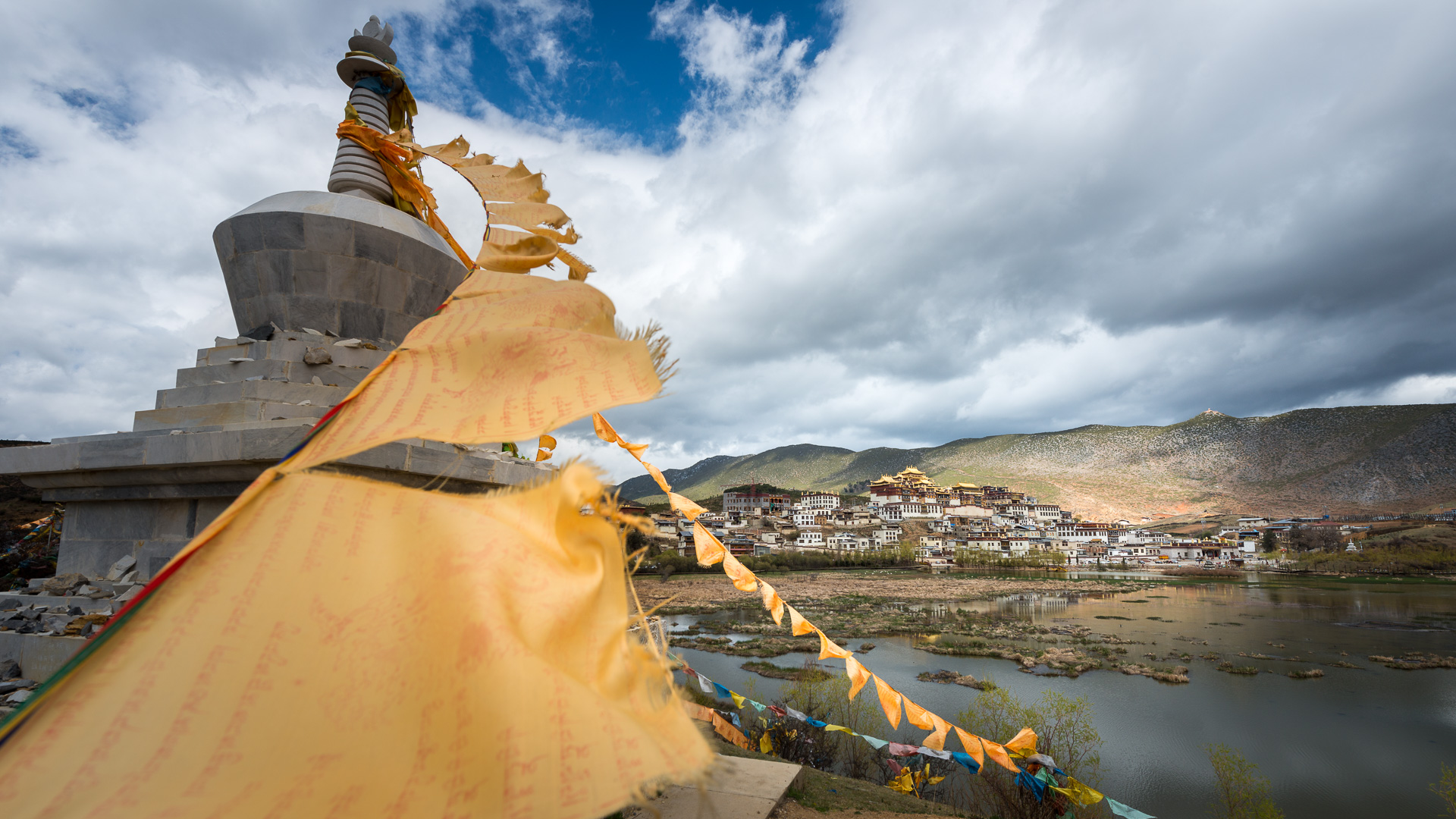 The Mystical Appeal of Shangri-La
The Mystical Appeal of Shangri-La
The location of Shangri-La, at least in a cartographic sense, is no longer nebulous. In 2001, to boost tourism, the town of Zhongdian changed its name to Shangri-La. The town is in the region Hilton envisioned. Now that Shangri-La is officially “on the map,” domestic tourism is increasing. Famous actors have arrived via helicopter rides. Bars and souvenir shops have opened to cater to the influx of tourists.
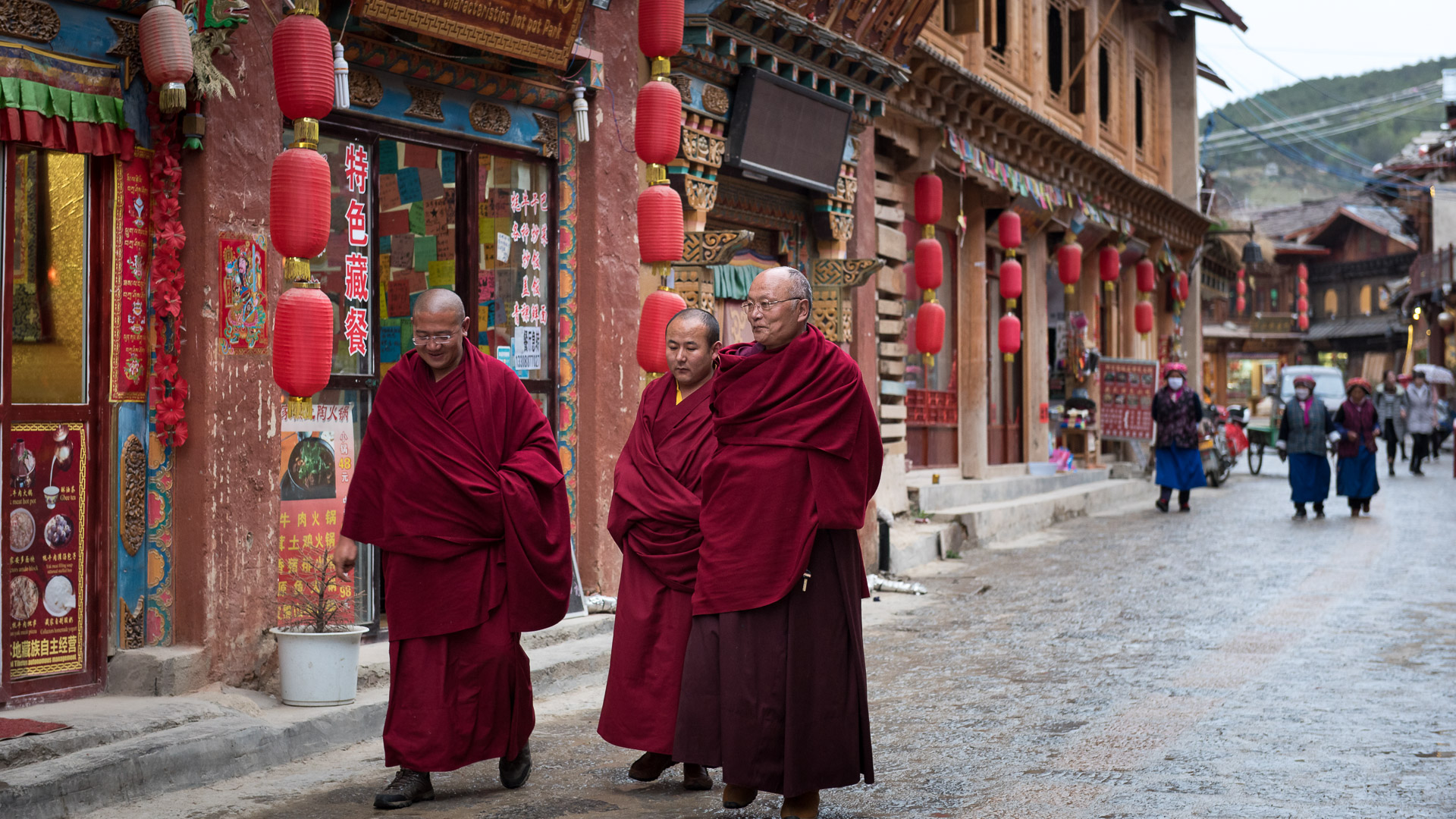 The region maintains its mystical appeal because, in many ways, visiting does feel like stepping back in time. Shangri-La’s old town resembles a bygone era. Several years ago, the old town burned down and much of it had to be rebuilt. In the evenings, men and women gather in the main town square as well as a smaller square to dance in traditional Tibetan style.
The region maintains its mystical appeal because, in many ways, visiting does feel like stepping back in time. Shangri-La’s old town resembles a bygone era. Several years ago, the old town burned down and much of it had to be rebuilt. In the evenings, men and women gather in the main town square as well as a smaller square to dance in traditional Tibetan style.
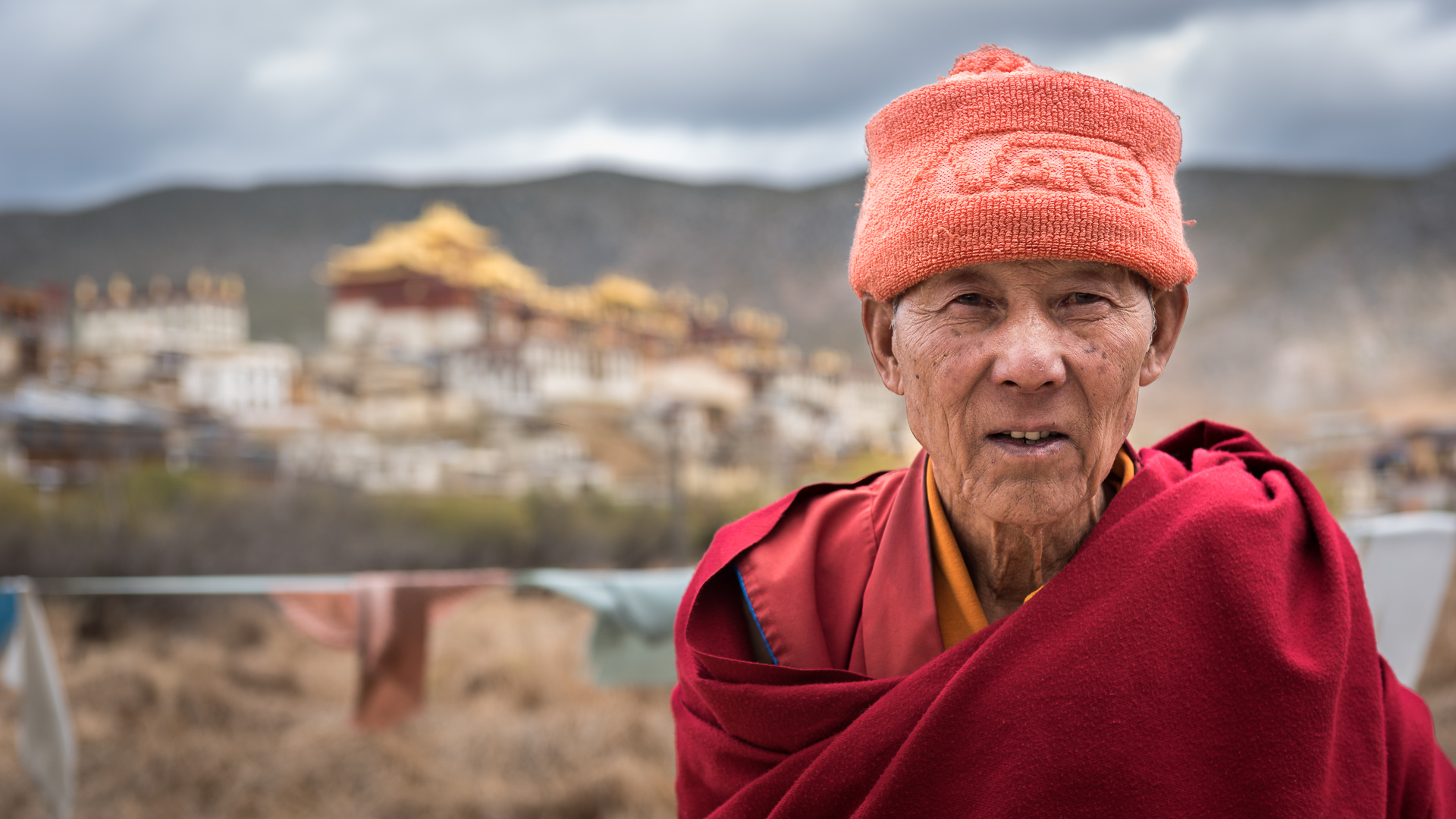 The majestic snow-capped mountains and the iconic Tibetan temple and lamasery on a hill overlooking the town add to the mystical aura. A lamasery is a monastery for Tibetan lamas, or monks.
The majestic snow-capped mountains and the iconic Tibetan temple and lamasery on a hill overlooking the town add to the mystical aura. A lamasery is a monastery for Tibetan lamas, or monks.
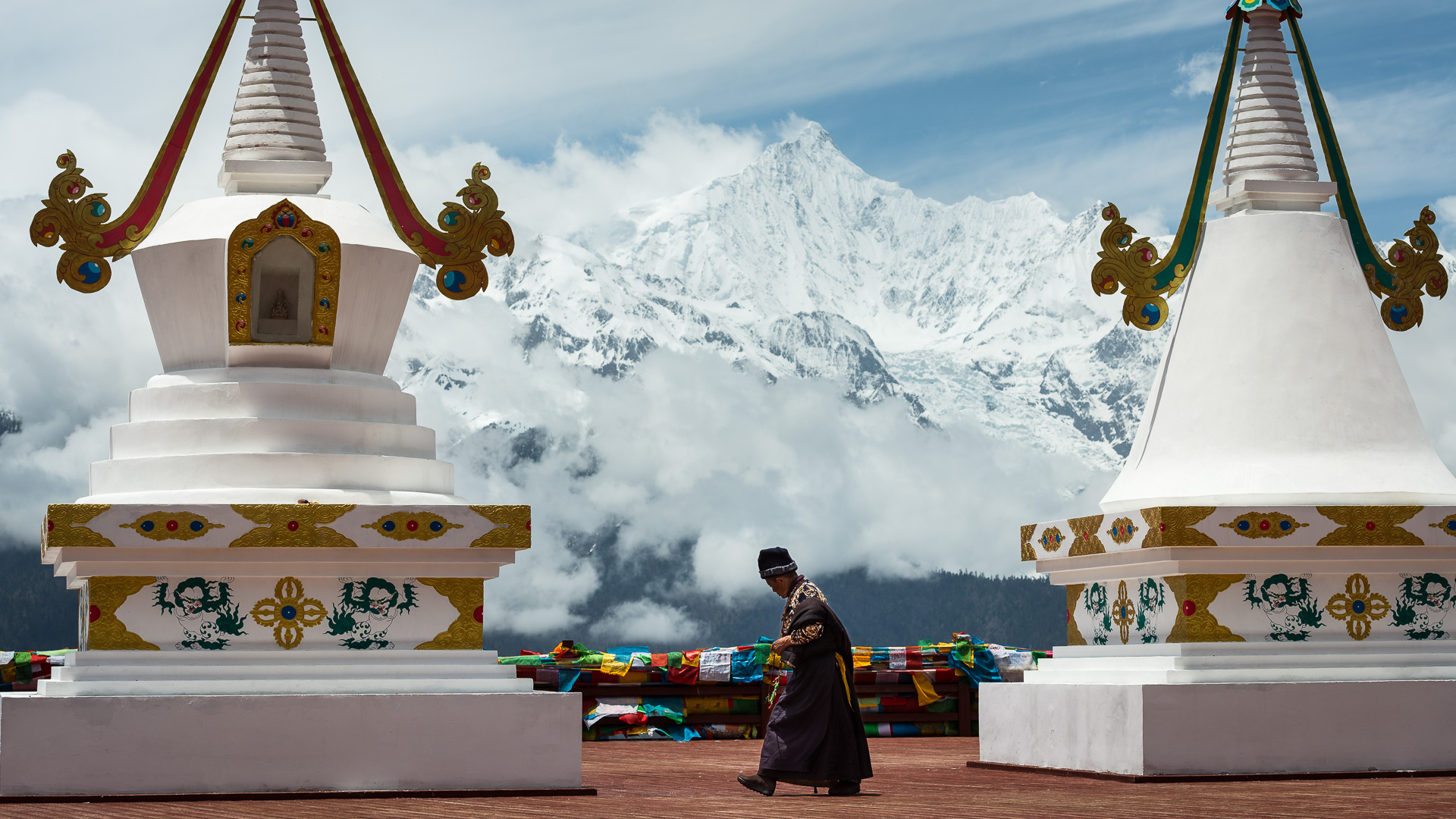 The region boasts one of the tallest mountain ranges in East Asia. After seventeen Sino-Japanese climbers perished in an attempt to summit the Kawagarpo Peak, the government closed the mountain to climbers. Tibetan Buddhists consider the peak sacred.
The region boasts one of the tallest mountain ranges in East Asia. After seventeen Sino-Japanese climbers perished in an attempt to summit the Kawagarpo Peak, the government closed the mountain to climbers. Tibetan Buddhists consider the peak sacred.
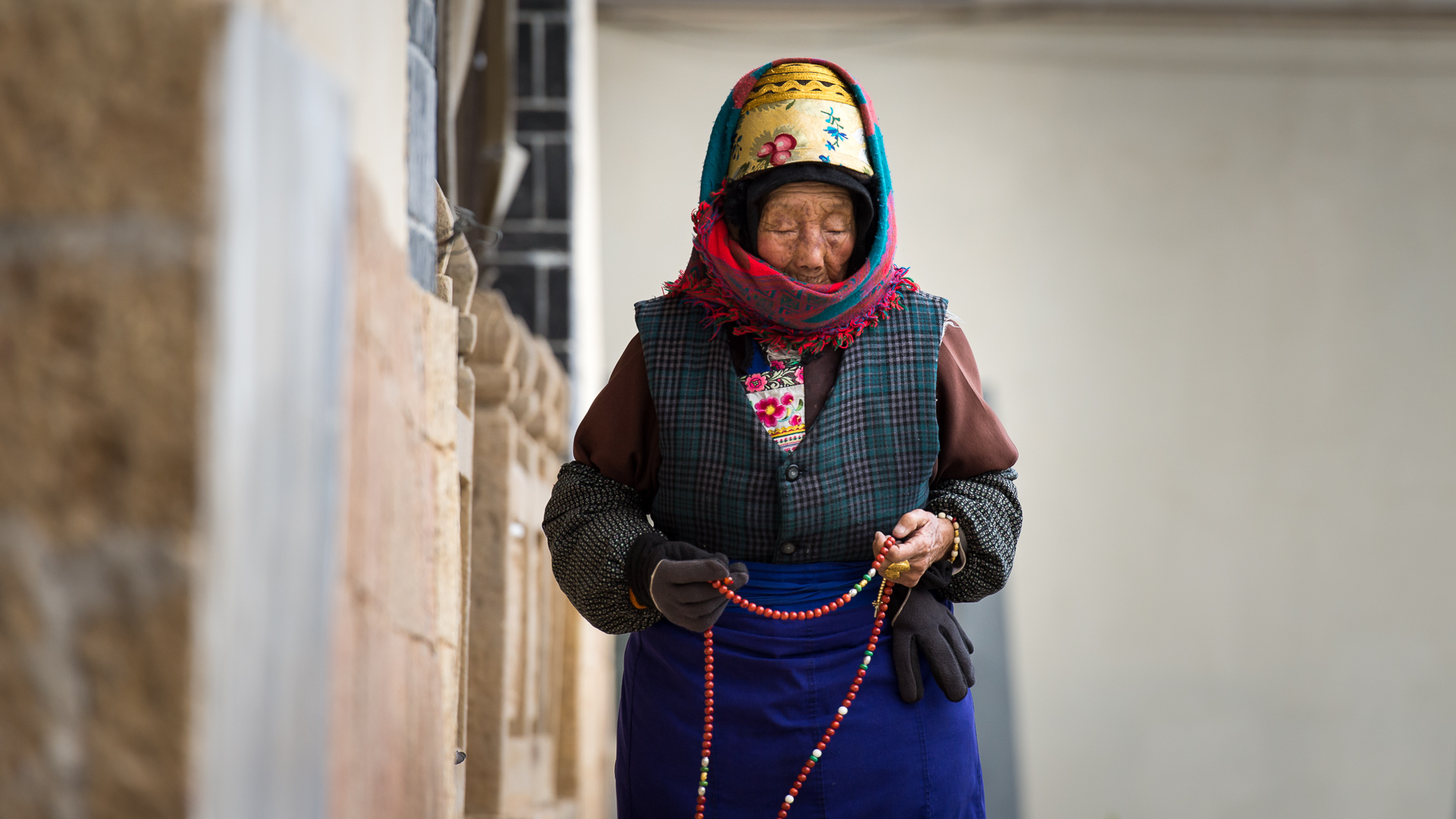 The Dark Realities of Life in Paradise
The Dark Realities of Life in Paradise
Shangri-La is no Eden. This earthly paradise falls short of perfection. Although the terrain where many Tibetan Buddhists live may be beautiful, it takes a toll on the locals. Bodies do age, often prematurely so, unlike those of the preternaturally youthful inhabitants in Hilton’s novel. The defined wrinkles and weathered skin of Tibetans testify to the difficulty of survival in this extreme environment. High altitudes speed the aging processes. And children born at high elevations often have congenital heart diseases.
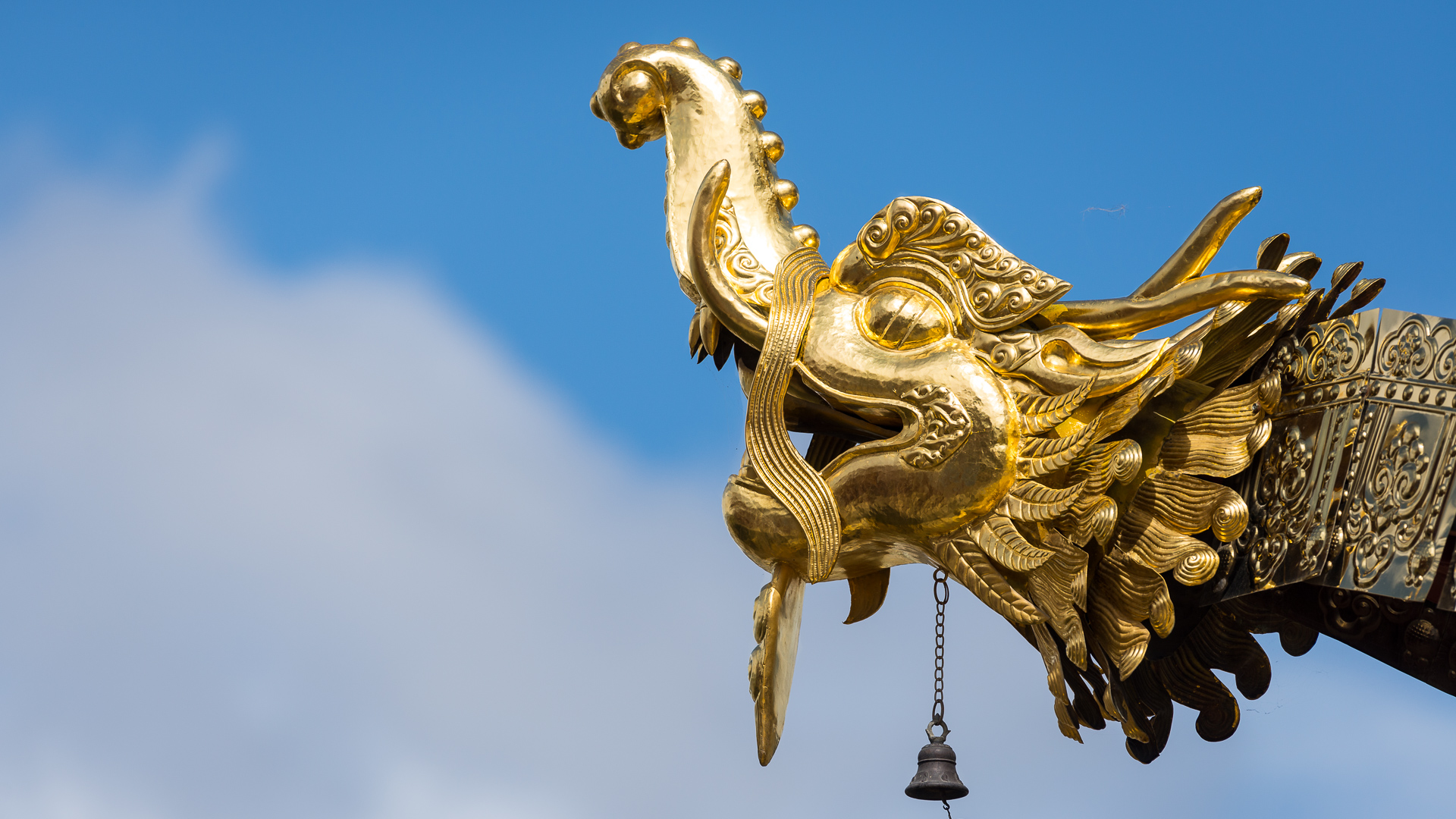 Perhaps Hilton chose the Tibetan region as the setting for his novel because of the illusion many Westerners have of Tibetan Buddhism as a happy, harmonious faith focused on meditation and goodwill. Most people don’t realize the depths of darkness—the spiritual oppression and demonic influence—that are hidden in the Himalayas.
Perhaps Hilton chose the Tibetan region as the setting for his novel because of the illusion many Westerners have of Tibetan Buddhism as a happy, harmonious faith focused on meditation and goodwill. Most people don’t realize the depths of darkness—the spiritual oppression and demonic influence—that are hidden in the Himalayas.
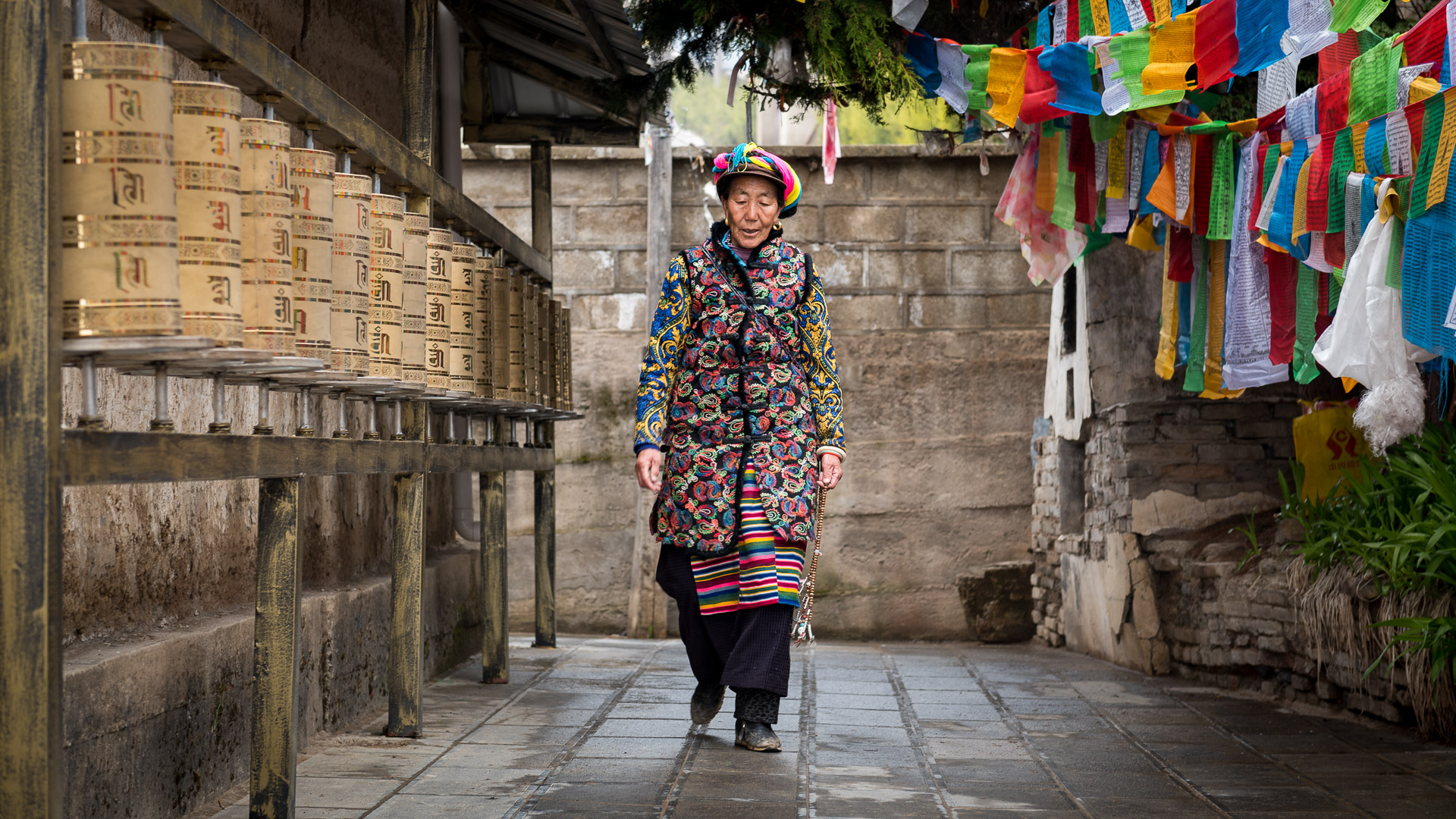 Shangri-La is home to the world’s largest prayer wheel. Elderly men and women spend much of their day circumambulating prayer wheels and stupas, which are mound-shaped structures housing religious relics. People are up and out reciting mantras, phrases in Sanskrit considered sacred, in the early hours of the morning, even in freezing weather.
Shangri-La is home to the world’s largest prayer wheel. Elderly men and women spend much of their day circumambulating prayer wheels and stupas, which are mound-shaped structures housing religious relics. People are up and out reciting mantras, phrases in Sanskrit considered sacred, in the early hours of the morning, even in freezing weather.
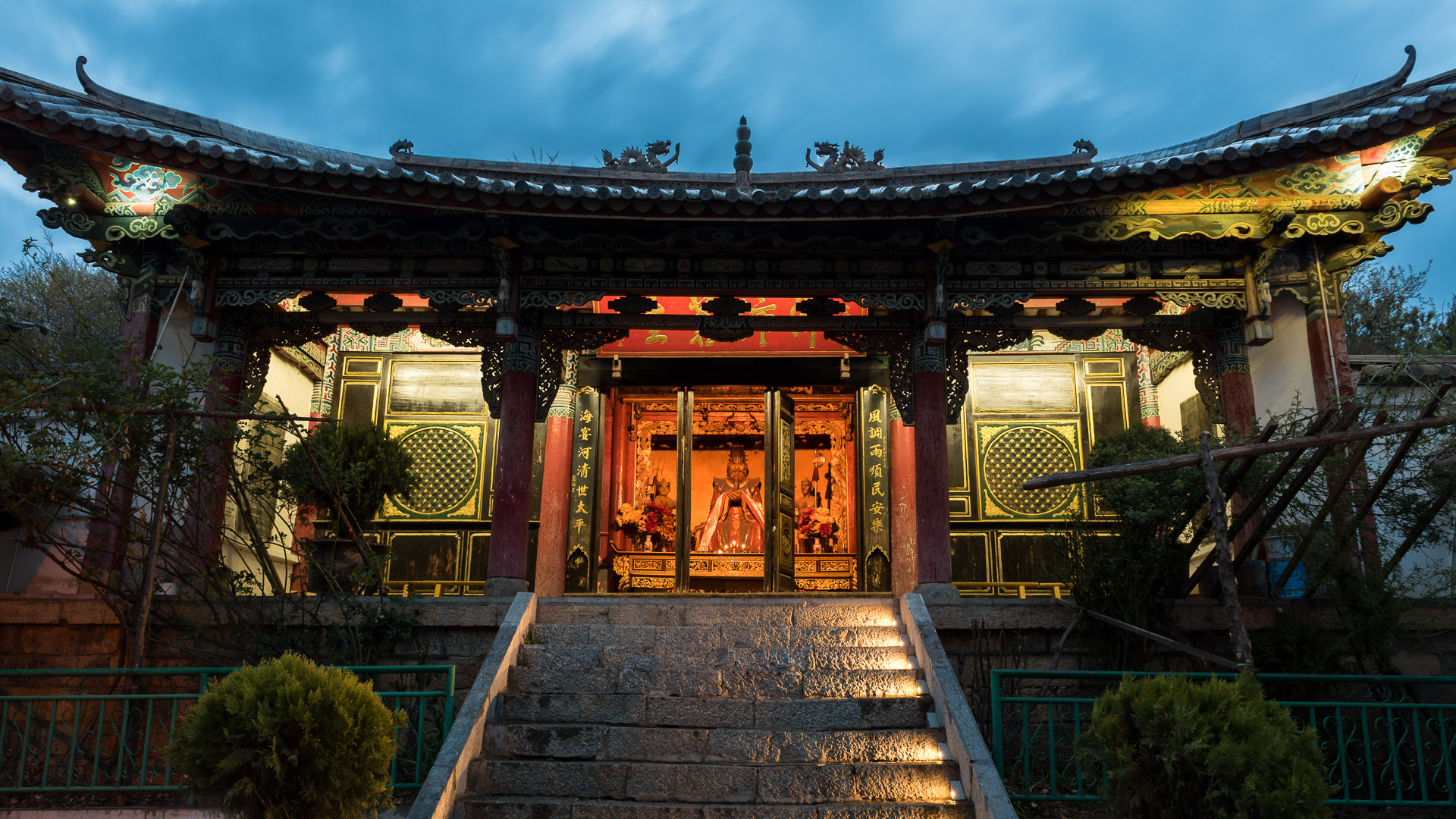 Tibetan Buddhists live in uncertainty of their fate and future. They use prayer beads to keep track of the recitation of mantras. Sometimes men and woman prostrate themselves as they circle the stupas.
Tibetan Buddhists live in uncertainty of their fate and future. They use prayer beads to keep track of the recitation of mantras. Sometimes men and woman prostrate themselves as they circle the stupas.
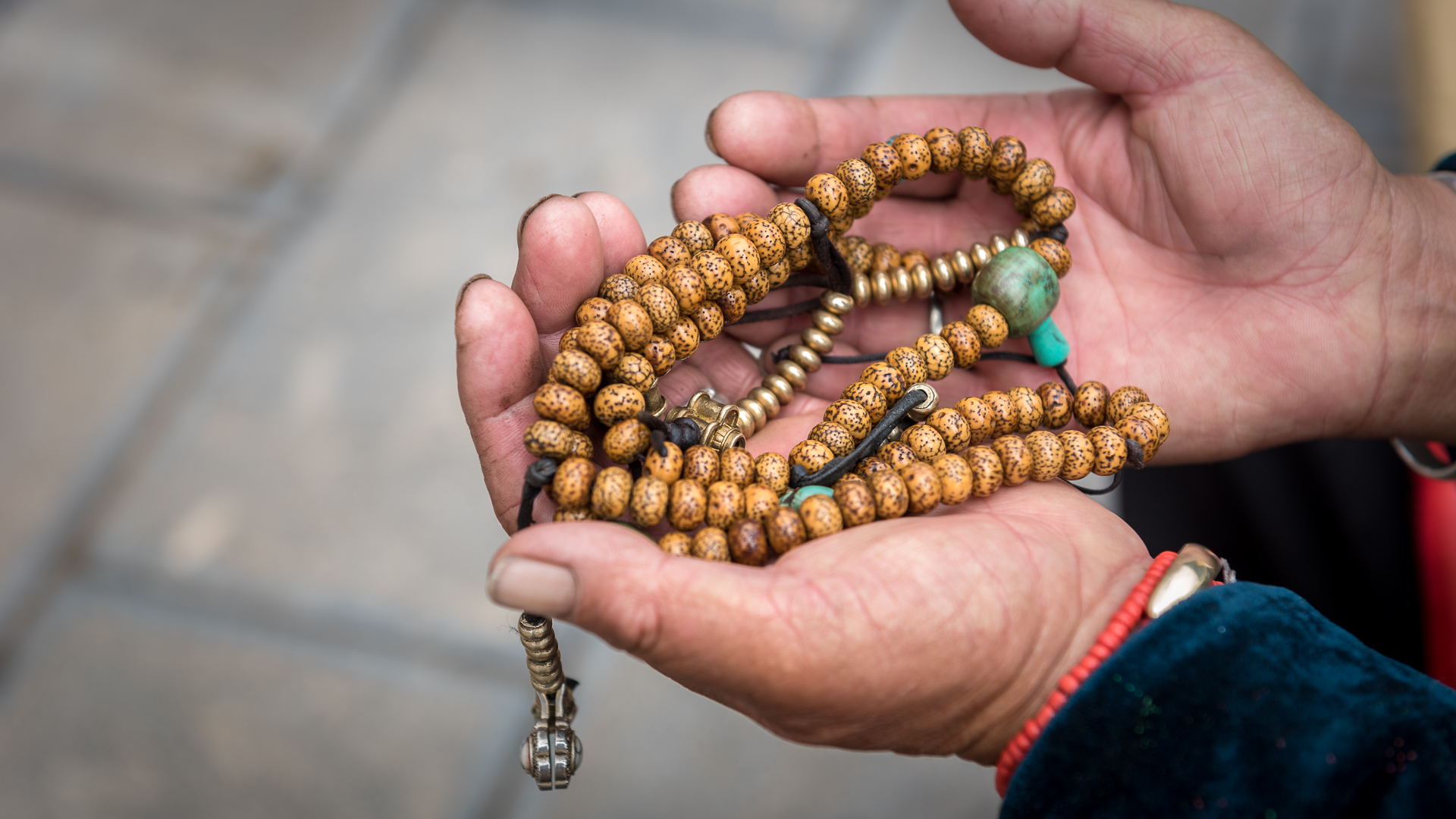 Is their devotion enough to reach nirvana and atone for their sins? When will it be enough? On this side of eternity, they have no answer. Not having the answers leaves Tibetan Buddhists in bondage to a performance-based religion.
Is their devotion enough to reach nirvana and atone for their sins? When will it be enough? On this side of eternity, they have no answer. Not having the answers leaves Tibetan Buddhists in bondage to a performance-based religion.
 Anticipating an Eternal Home
Anticipating an Eternal Home
Shangri-La is beautiful and exotic, however, from a Christian perspective, it’s apparent how short it falls from the paradise that awaits us. As Christians, we have spiritual truths and promises to claim. We live with a longing for restoration and a return to paradise lost. While there’s no going back to Eden, we anticipate the new heaven and new earth described in Revelation 21:21.
One day our longing for paradise will be fulfilled. The beauty we find on earth is merely a teaser to eternal beauty.
Pray that Tibetan Buddhists will be drawn to eternal life in Christ and a hope that never fades.
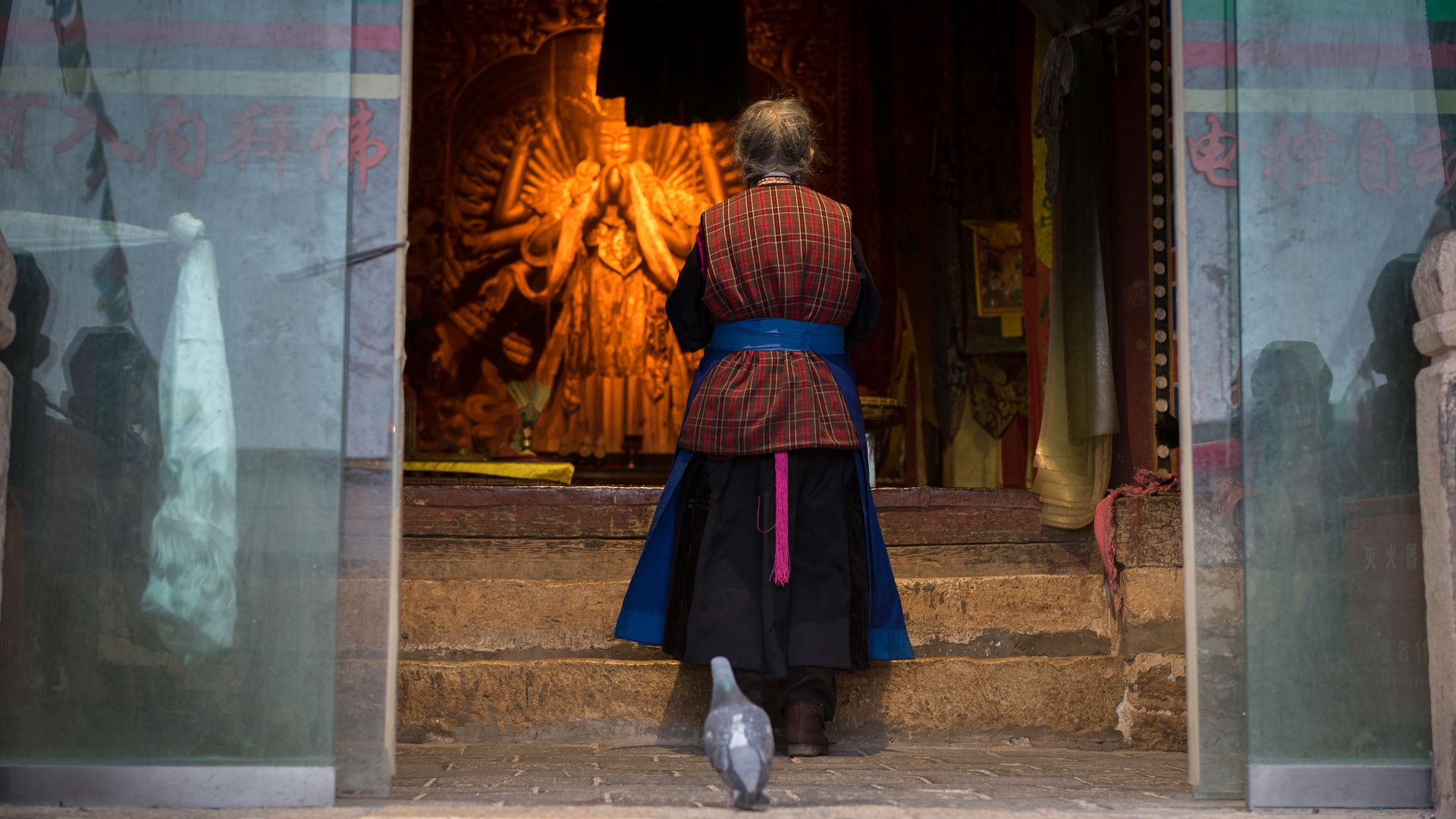
All photos were taken by Luke In, a media specialist serving in Asia with the IMB.
Caroline Anderson is a writer with the IMB. She currently lives in Southeast Asia. Her childhood in Asia consisted of two important ingredients: braving hot chili peppers and telling people about Jesus.


